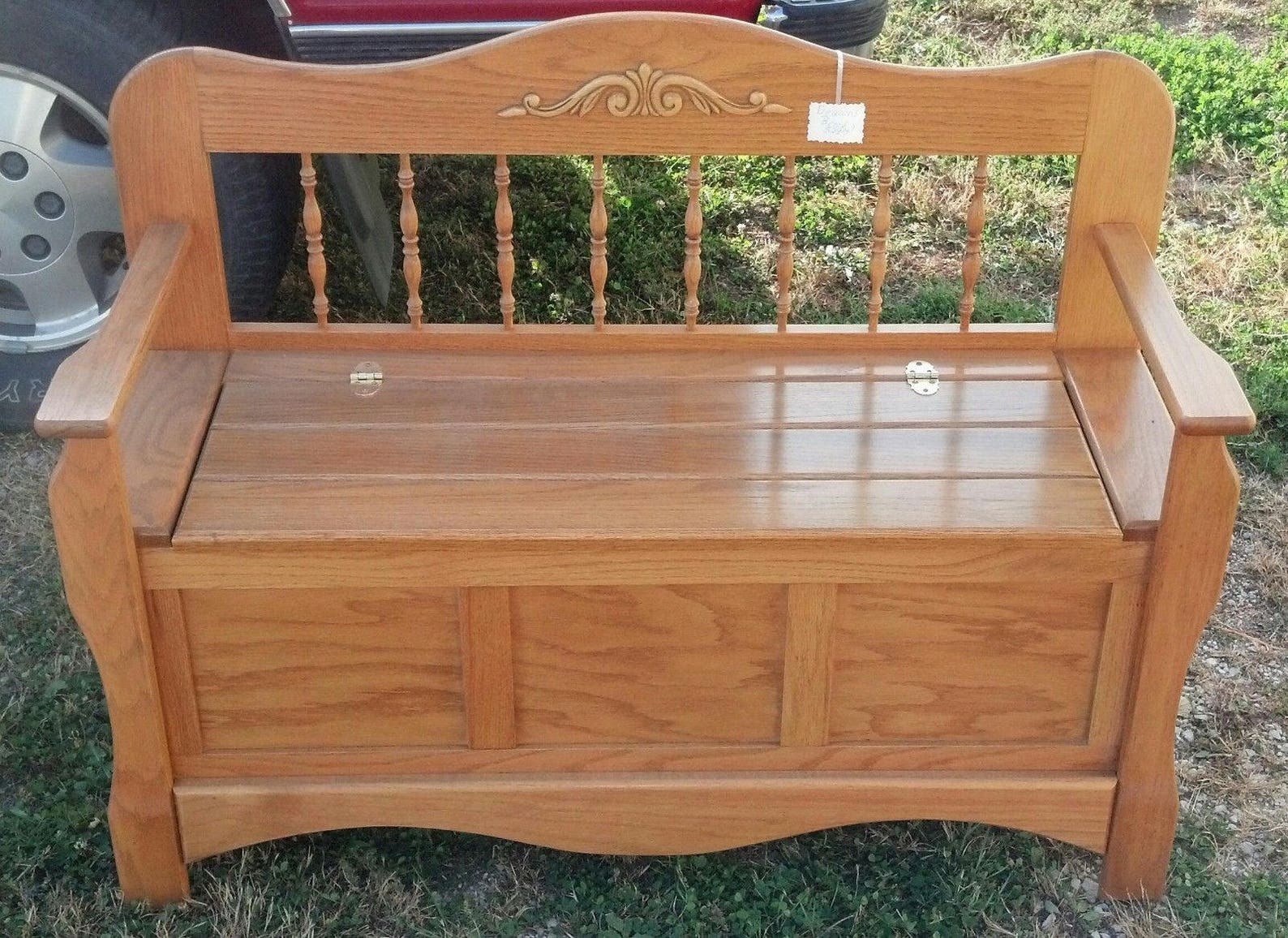


Ĭhurches were not commonly furnished with permanent pews before the Protestant Reformation. Wooden benches replaced the stone ones from the fourteenth century and became common in the fifteenth. Over time, they were brought into the centre of the room, first as moveable furniture and later fixed to the floor. The first backless stone benches began to appear in English churches in the thirteenth century, originally placed against the walls of the nave.
#New benches and fews in our chuch free

The model is designed so that the CHURCH PEW looks symmetrical, without disturbing the space around.Their connectivity to horizontal lines is ensured by a discrete magnetic (non-rusting) system with high retention force, built into the side lines of the seating part.are designed so that they can be easily transformed into the CHURCH BENCH system as needed, but according to preference they can also be used separately, with the required distance between the seats The dual use of the product as a CHURCH CHAIR and at the same time as a CHURCH PEW has become a challenge for the company CONFER s.r.o.ĬHURCH CHAIRS from CONFER s.r.o. In other Christian and Jewish communities, CHURCH PEWS are replaced by metal or wooden chairs for easier handling.

The seating system in pews is still not taken over by the Orthodox Church. In the late Middle Ages and early modern times, their cost often did not demonstrate the equality of people before God, but the social hierarchy of community. Thus, the benches became hereditary property. In some churches they were not the property of temples, but of individual congregates members of the congregation, who signed them with names or family coats of arms and locked them in special boxes. In the 14th century, the stone began to be replaced by wood, which has become the standard in production since the 15th century.ĬHURCH BENCHES acquired the status of a permanent element of religious interior only in the era of Protestantism. From the side aisles of the temple, the seating gradually reaches the central part of the sacral space. The first stone benches date from the 13th century as they occurred in the English environment. The name pew refers to a long bench seat used by church members in a church, synagogue, or courtroom.


 0 kommentar(er)
0 kommentar(er)
